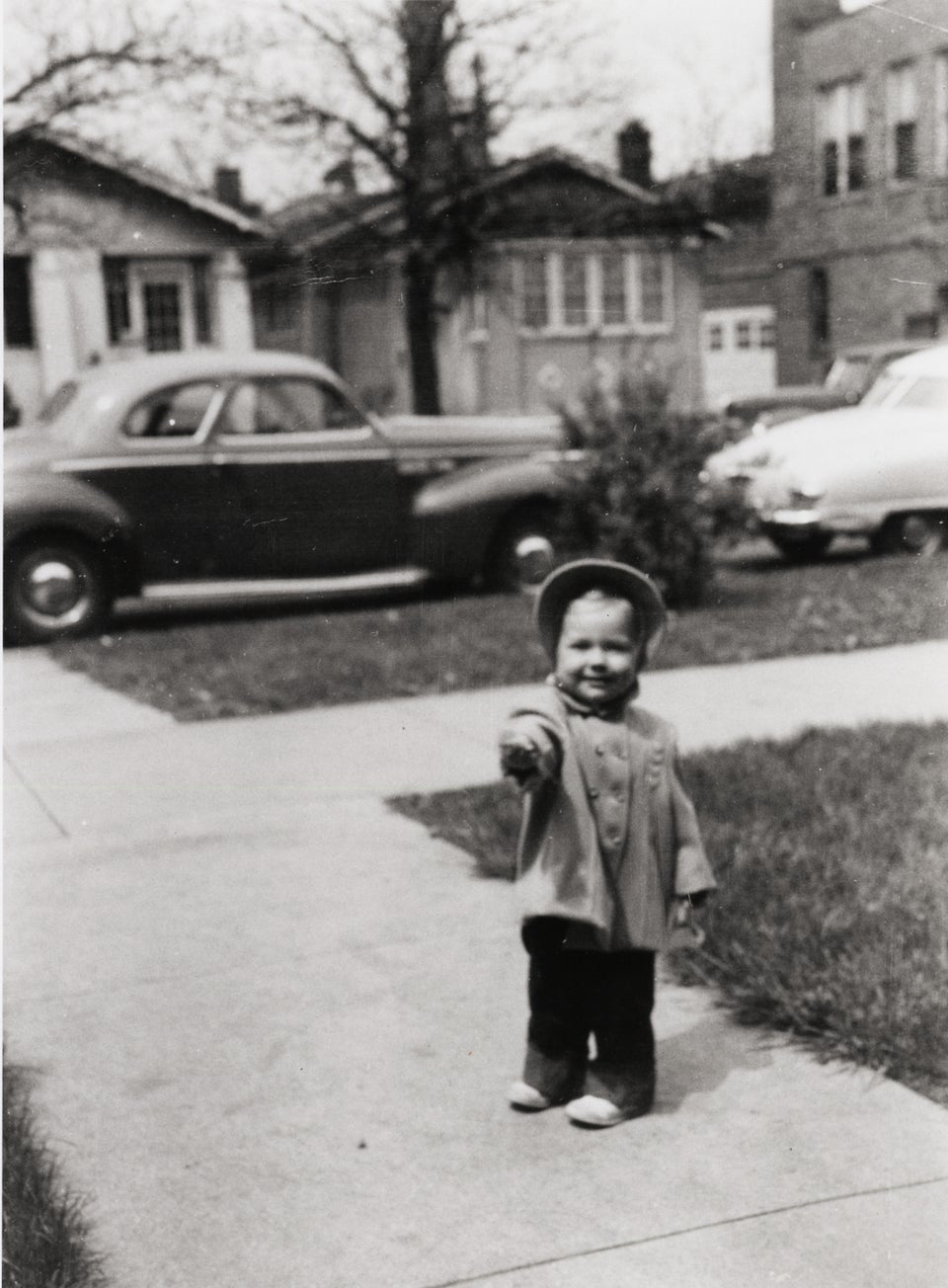Since the 19th century, when suffragists were forced to ditch their pantaloons and strictures in the U.S. Senate forbade women’s pants, women in politics have been obstructed in their pursuit of self-expression.
It isn’t unusual for dress codes to be used as a form of control over women. U.S. Supreme Court Justice Sonia Sotomayor was advised to forego her signature red nails for her confirmation hearings in 2009. In 2012, then-Cabinet member Cecile Duflot’s blue and white dress had French Parliament members hooting and whistling, as one deputy shouted, “Go on, unbutton that dress!” And just this September, Italian Agriculture Minister Teresa Bellanova was rapped for her choice of dress as she and other Cabinet members were inaugurated.
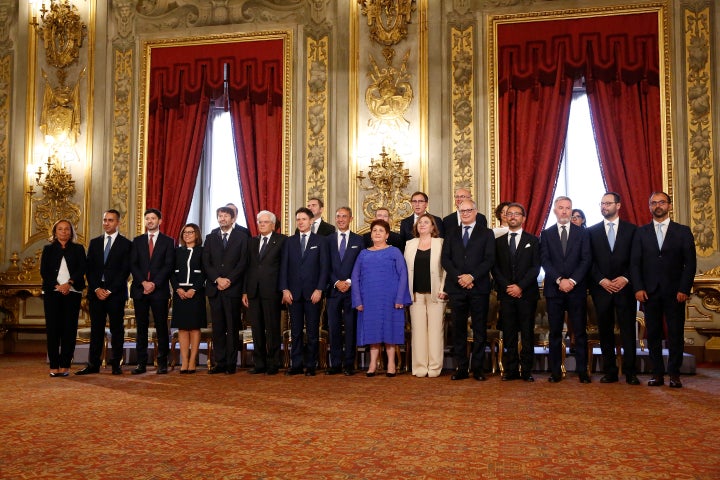
It’s clear that women in government are expected to downplay their femininity ― but just enough to not be labeled frumpy or severe. There was and still is a tendency to view “femininity as artifice and masculinity as substance,” wrote gender studies professor Shira Tarrant in the book “Fashion Talks.” When then-U.S. President Barack Obama admitted that he kept his wardrobe choices to a minimum to avoid decision fatigue, it underscored that such a decision doesn’t always have the same outcome for women. In a conversation with Time, Rhonda Garelick, professor of fashion studies at Parsons School of Design in New York, asked us to consider “how much more it takes a young woman to dress in a way that speaks to power, when her male colleague simply has to put on a dark suit.”
Philosopher Cressida Heyes wrote in “Fashion Talks” that “refusal on the part of the feminist subject to style herself in any way ― to be uninvolved, neutral or natural ― is impossible,” thus making a woman’s appearance loaded in a way a man’s dark suit does not. It could be argued that this has been a small part of why Anita Hill wasn’t believed, why Hillary Clinton evokes visceral hatred, why Rep. Alexandria Ocasio-Cortez (D-N.Y.) is patronized and why Laura Boldrini, former president of the Italian Chamber of Deputies, was repeatedly threatened with rape and murder.
It also explains why the monochrome pantsuit, essentially a feminized men’s suit, is the sartorial DNA of power.
Today, women in government are subverting this gendered dress code. Justice Ruth Bader Ginsburg’s elaborate, symbolism-steeped collars, German Chancellor Angela Merkel’s macaron-hued blazers and the high drama of former British Prime Minister Theresa May’s shoes are examples.
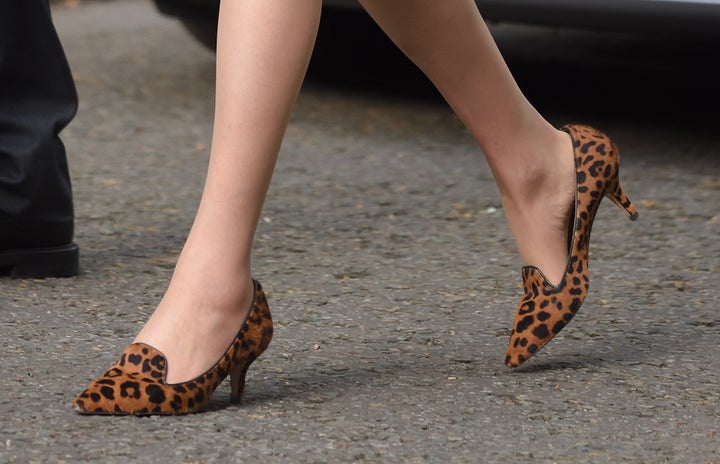
Women’s work wardrobes are noteworthy in that “they reveal a point of view on identity that is as accessible as, and perhaps even more recognizable than, any mission statement,” wrote Vanessa Friedman in the book “Dress Like A Woman.”
But Megha Anwer, who teaches literature, film and visual culture at Purdue University in Indiana, cautions against a literal reading of personal style. Anwer told HuffPost she believes that a big part of fashion in politics is still “women playing by rules that the men formulate and participating in structures of power that men monopolize, rather than questioning power itself.”
Hillary Clinton, Democratic Presidential Nominee
For her 2016 White House campaign, Clinton’s wardrobe was a sleek refresh on the 1990s power suit. The conservative cuts and popping tones made for pleasant visual tension. She cut down on the textured jackets from her years as secretary of state for a clean, memorable aesthetic. It invited comment on nothing except color, yet felt like the opposite of boring. She also one- upped the rolled shirt sleeves that male politicians employ on campaign trails, working the crowds in a shorter sleeve that signaled battle readiness.
Her hair, the subject of years of misogynistic scrutiny, curved gently around her face, like a warrior’s helmet but minus the severity. Author Roxane Gay called this look “a rallying symbol for women eager to see a woman president in their lifetime.”
“Politics is hell in general,” said author Margaret Atwood in conversation with classicist and historian Mary Beard for ”Front Row Late” on BBC Two, “but I think it’s probably double hell for women because not only do you have to have a position, you have to have a hairstyle.”




Jacinda Ardern, New Zealand Prime Minister
Atwood’s comments may be true for Clinton, but not so much for Ardern, who became her country’s prime minister two years ago. Ardern’s low-key style feels like an extension of her community-first politics and relatable life choices ― she’s worn thrift store clothes and wears her hair lightly styled in defiance of the shiny, over-coiffed standard. She dresses like a regular office worker who’s down for drinks with her mates at the local pub, and that quality is important to her: New Zealand’s national values emphasize kindness and bonhomie. She accessorizes with unusual architectural pieces ― it’s hard to imagine her in pearls ― and she’s worn a korowai and a headscarf to signal empathy and solidarity with the Maori and Muslim communities.

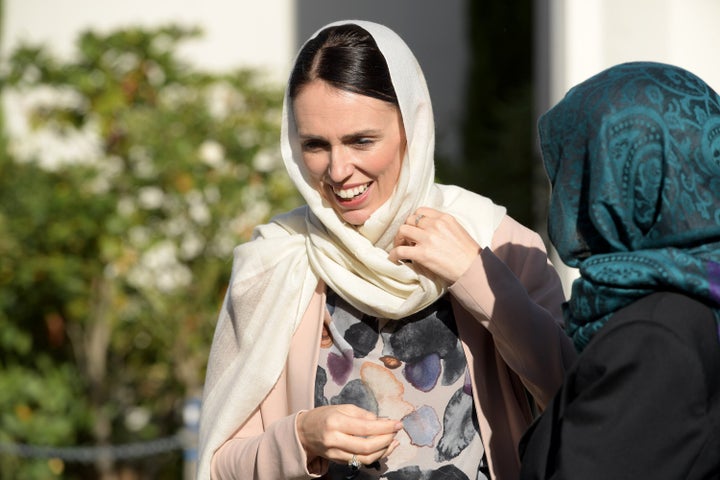
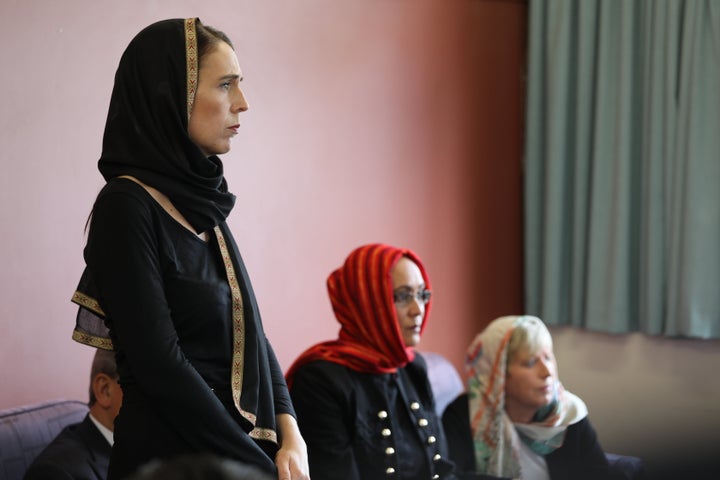

Katrin Jakobsdottir, Prime Minister of Iceland
Jakobsdottir is a political and sartorial outlier. She’s a crime fiction specialist and environmentalist whose progressive policies, aimed at closing the wage gap and achieving carbon neutrality, are a lesson in ethical leadership. Her style is all about uncontrived sophistication. It’s also recognizably Nordic, featuring clean lines, dark basics and pops of primary color. But her style is far from the ubiquitous pantsuit ― she’s worn a cropped sweater with a drapey midi skirt and heeled oxfords to a press conference with Merkel and is often seen in the same shoe, rare for a world leader. In a departure from the monochrome aesthetic preferred by parliamentarians worldwide, she’s worn a playful color-blocked knit for a policy speech in her nation’s Parliament.
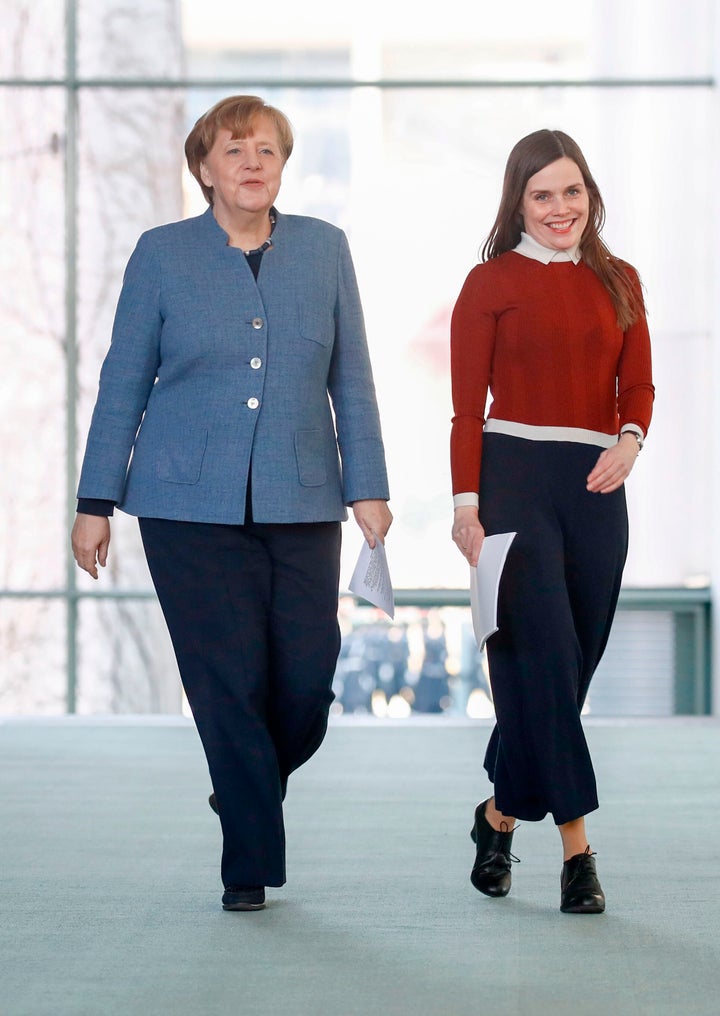
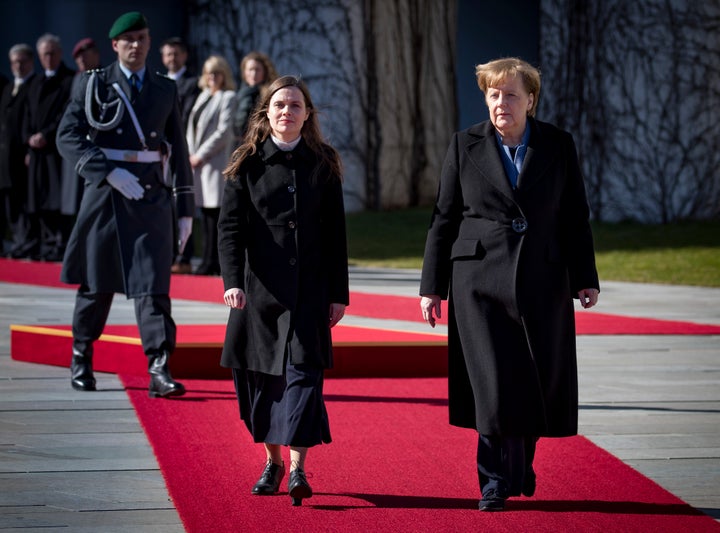
Nicola Sturgeon, First Minister of Scotland
Sturgeon was once nicknamed “nippy sweetie,” Scottish slang for a belligerent old woman. By her own account, she appropriated the confrontational style of her male colleagues in order to fit in. Her wardrobe reflected this effort; she wore safe colors and boxy cuts. But she’s come into her own both politically and sartorially recently, embracing vulnerability in a way most world leaders don’t and speaking openly of a miscarriage and imposter syndrome. Her new look is hyperfeminine: Both color and detail are worn with evident relish. She’s usually dressed top to toe in a single warm color and her jackets nip gently at the high waist for an elegant signature silhouette.
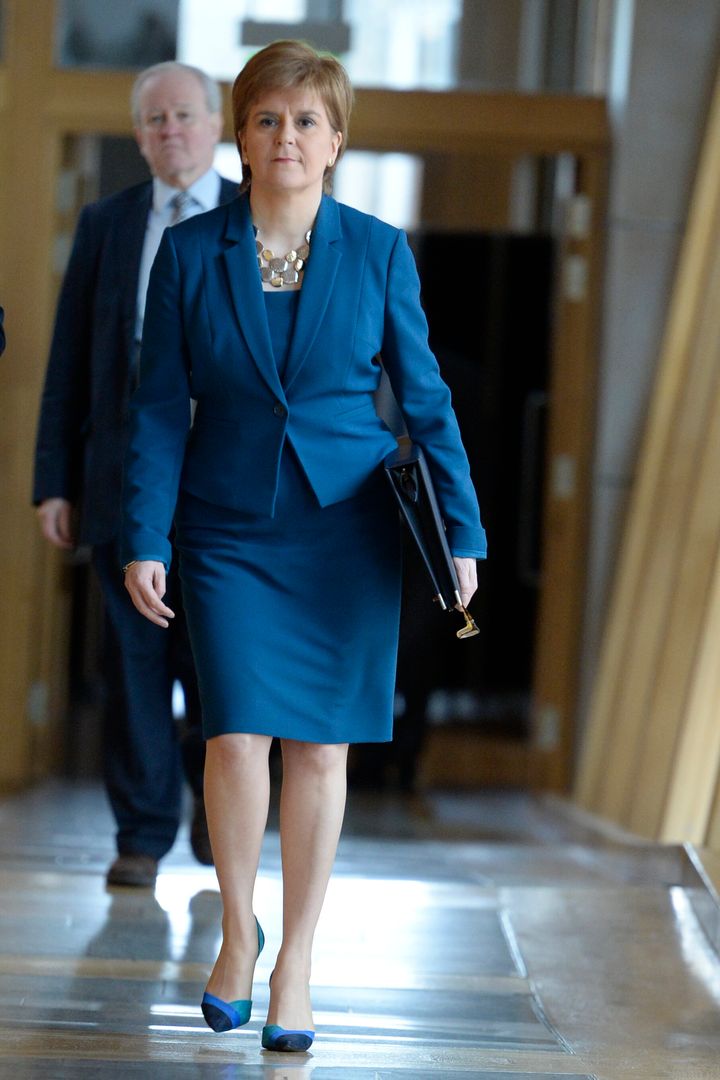
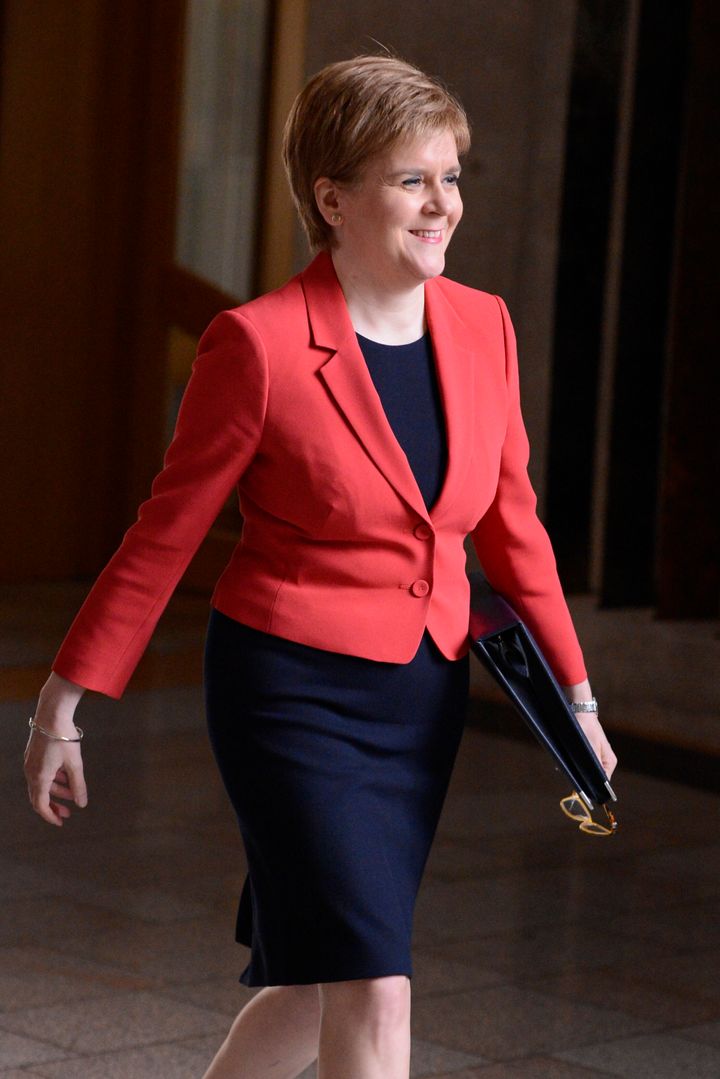
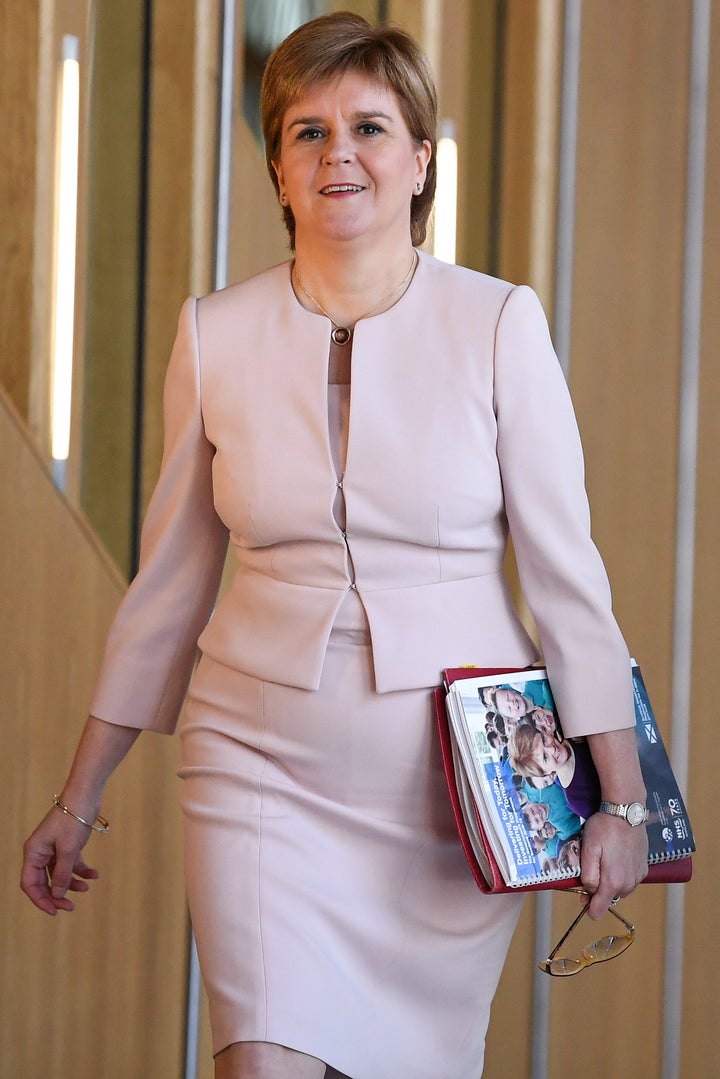
Angela Merkel, Chancellor of Germany
Merkel was 36 years old and living in East Germany when the Berlin Wall fell in 1989. Instead of joining the excited crowds, the physicist kept her weekly sauna appointment. That unflappability and self-restraint have informed both her leadership and personal style. When Chancellor Helmut Kohl gave her the patronizing nickname madchen (little girl) in the ’90s, Merkel was every bit the loyal apprentice in her pageboy hair and Soviet-palette blazers.
Today, as Germany’s chancellor since 2005, she is simultaneously central to her country’s political character and the most powerful woman in the world. An asceticism marks her style; it is part uniform, part identity. Fashion critics have been unkind to her; her outfits have been called mumsy, plodding and unimaginative. Unfazed, she has stuck with an endlessly efficient formula ― identically cut blazers in an array of colors, and dark trousers. In this she embodies a solidity and conviction that Germans have come to appreciate. Her style “demonstrated consistency and prudence, two qualities generally prized in German politics,” wrote Robb Young in the book “Power Dressing.”
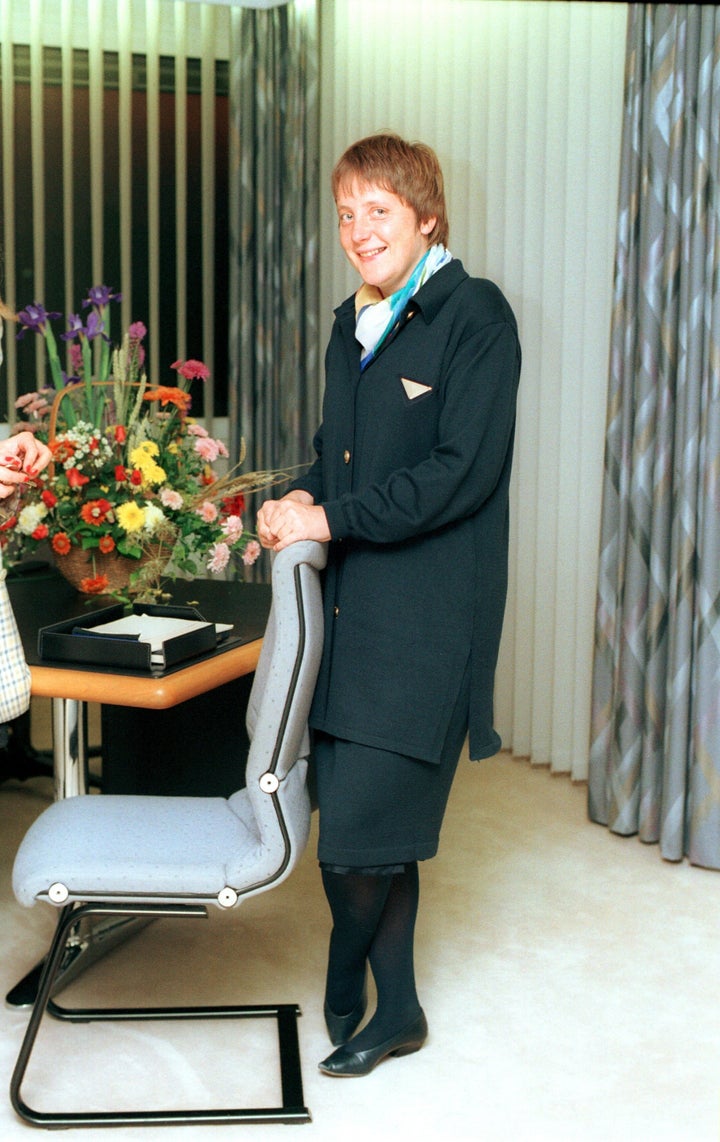
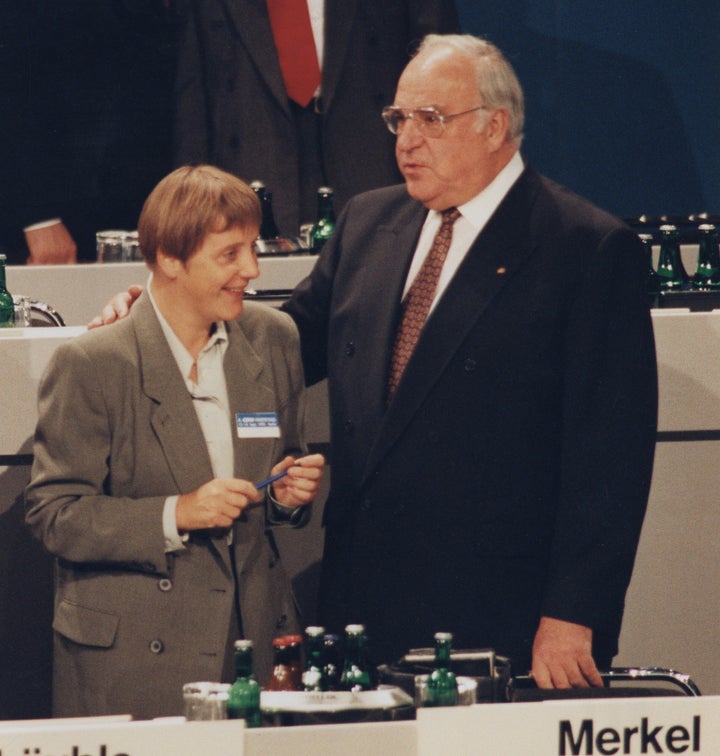


Margot Wallstrom, Foreign Minister of Sweden
“A man’s presence suggests what he is capable of doing to you or for you,” wrote “Ways of Seeing” author John Berger on the nature of perception. “By contrast, a woman’s presence … defines what can and cannot be done to her.” Abuse survivor Margot Wallstrom made it her life’s mission to change that truth.
As Sweden’s foreign minister, she authored what has been touted as the world’s first feminist foreign policy. She has condemned Saudi Arabia’s treatment of women as “medieval,” and made Sweden the first European country to recognize the Palestine state.
Swedes’ love of the color black is well documented; commoners and parliamentarians alike present a sea of sameness. Against that backdrop, Wallstrom’s twinkling glasses, patterned scarves and vibrant jackets feel deliberate and disruptive. She likes her occasional all-black ensembles offset with an effervescent floral or geometric print. She also likes to sport a mesh or crochet detail in an expression of femininity in a country where a socio-cultural thrust on gender equality and a love of minimalist, androgynous clothing may have shrunk the space for conventional feminine expression.
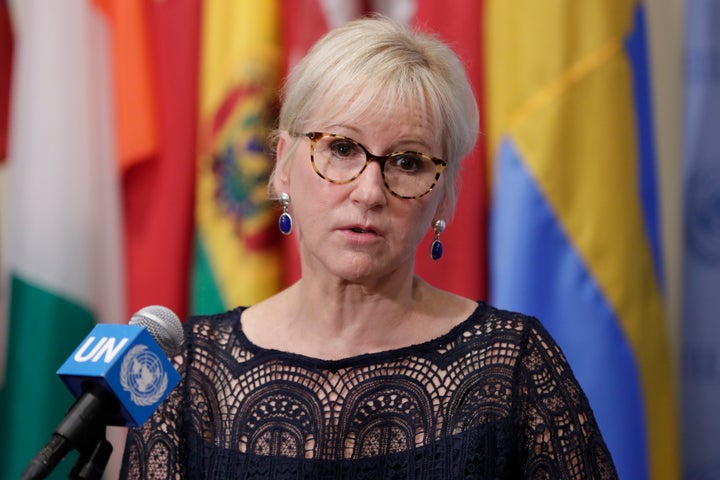
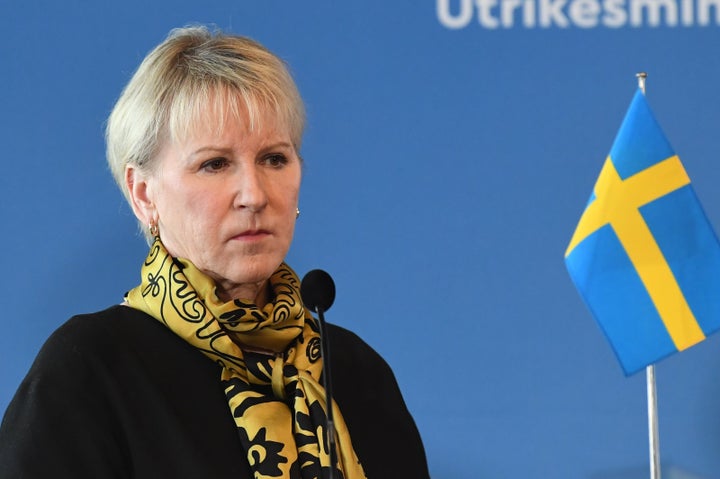
Flavia Kleiner, Swiss political activist
For 25 years, Switzerland has been the stronghold of Europe’s most roaringly successful right-wing party. Its nationalistic, anti-immigrant agenda rankled political activist Flavia Kleiner into battle. In a historic upset, her referendum defeated a proposal to deport immigrants for such ridiculously trivial offenses as speeding. Kleiner is working to halt the rise of the far-right in style; her fashion marries the looks of a Silicon Valley exec and a continental political matriarch. She’s mostly in dark jeans, collared shirts and gracefully slouchy outerwear. Her jewel-toned trenches are reminiscent of the uniforms of Merkel and Sturgeon.

Atishi, Indian politician and activist
The Indian politician and activist who simply goes by the name Atishi has won transpartisan acclaim for her ongoing reform of the public school system in the national capital, New Delhi. Languishing from decades of apathy, to many the public school infrastructure seemed a lost cause and represented the death of India’s socialist ideals. Atishi delivered a stunning turnaround. She dresses in the humble cotton salvaar-kameez worn by working-class North Indian women. It is a conscious rejection of the pale, crisp saris favored by the power elite. In contrast, her garments look lived in, a testament to her pavement-pounding activism.

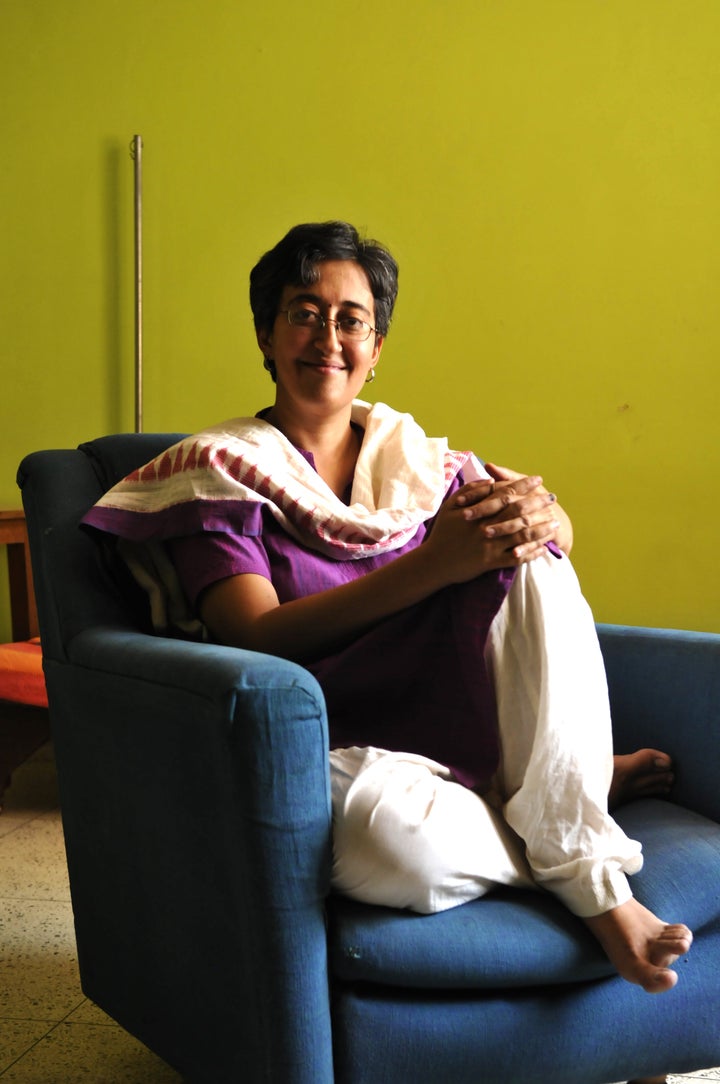
When it is not a matter of a tradeoff between patriarchy and ambition, the wardrobe choices of a woman in politics can be an asset. When Ocasio-Cortez wore big gold hoops to President Donald Trump’s State of the Union address, she tweeted that it was so that “next time when someone tells Bronx girls to take off their hoops, they can just say they’re dressing like a congresswoman.” When Sudanese anti-government protestor Alaa Salah wore the traditional toub to her singing protests, she channeled the Nubian warrior queens who led armies into battle.
One only hopes that one day women in politics won’t have to play sartorial chess with the patriarchy. That they will be able to step into their power as effortlessly as their male colleagues, without expending undue effort on wardrobe choices. It’s a fair and reasonable hope.
